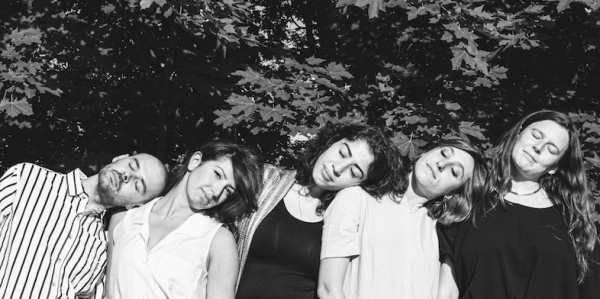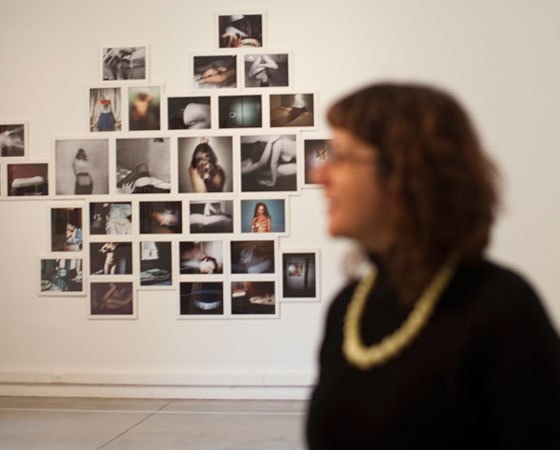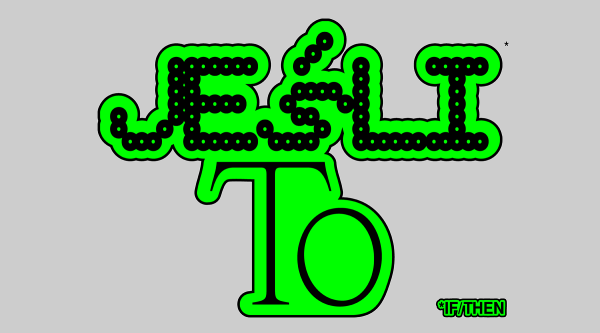Against one-sided memory
Montserrat Rojas Corradi, Chilean photography curator talks to Paulina Jeziorek
-
I have seen the pictures of the dictatorship in Chile which you have compiled into the album Visible/Invisible Photographers During the Dictatorship. The photographs in that album come from the period of military dictatorship in Chile. The picture that caught my attention is that which shows one of the first protests, but the people in it look more like in an ecstatic dance. Are you trying to show a different image of that time? How did you select the photographs?
-
Chilean photography of the time shows the military coup that took place on 11 September, 1973. There are other photographs related to the first political demonstrations of the early 80s, too. However, they lack the diversity of perspectives. My focus was on showing the other side of the photographs taken during the military dictatorship – everyday life, melancholy, meetings and gatherings, and what had been happening in the streets.
-
-
-
Where and how did you look for the right pictures? What kind of archives did you search? Do you have a national photography archive in Chile?
-
We do, but it has only been established very recently. You can find there the Chilean photography of the last hundred years. The whole project started with a single photograph I discovered while in Germany. It was a photograph, taken in Germany, of my parents and sister – they had been the first Chilean immigrants to arrive in Germany in 1973. When I saw this picture, I became interested in Chilean photography. In this way I started the research. When I had gone through the available materials, I felt that in the first years of the military junta photography had not actually existed. It was very difficult to find visual representations of that period. I found three women photographers who had worked at that time. It was Leonora Vicuna, Helen Hughes and Ken Lorenzini. It turned out that they had a huge number of unknown photographs. I searched the church archives, too. At the time of the dictatorship the church had split up. Some clergymen would collaborate with Augusto Pinochet, but others would fight for human rights and take efforts to help the poor people, hence the Vicaria de la Solidaridad – human rights organisation founded by the Archdiocese of Santiago. Around that time there was established the social magazine “Revista Solidaridad” which worked closely with one of the photographers I found - Helen Hughes. The period of the military dictatorship reign is divided into different parts. The period 1973 - 1976 is that in which many people lost their lives, while others disappeared without a trace. The church magazine “Revista Solidaridad” then printed a list of the missing persons and published the photographs of the survivors. But when you look at the common visual memory, you will see that it so happens that history leaves us with a single important picture that has exploded into a wider public consciousness. In Chile there may be 10 such images that document the period of the military coup. Some photographers, who came to Chile in the 80s, said that press photography in Chile was not original artwork, but documentation. I do not subscribe to that. I launched a research in which I tried to focus on the various themes of the time. Not only on what had been happening in the streets, but also on everyday personal life, artistic life, too. I was interested in women’s photography. I mean, above all, the fact that women had actually engaged in photography - I did not intend to compare the content of photographs taken by men and women. They certainly do vary. For example, Helen Hughes had worked on photographs of children, or taken pictures in the canteen for the poor.
-
-
-
What conclusions did you arrive at?
-
I think that many women photographers did not pull themselves together in the new reality following the time of the military dictatorship. Some focused on family life. It is sad that these women worked in the 70s and 80s, and now no one remembers about their work. Thinking about the visual historical memory, we can say that the only existing memory is one-sided. That is why the album Visible/Invisible, Three Photographers During the Dictatorship (2012) presents photographs by the three women photographers. In the next album I am planning to compile I would like to present another three women photographers. Look, this is, for example, a picture of Pinochet’s smiling women supporters. I think we should also speak of the history and Chile. And here you see the first protest, which seems to be quite funny. I tried to select the pictures full of melancholy. I think it is important to retain the photographs relating not only to what was going on in the streets. At this moment in Chile there are numerous protests and demonstrations. Students are on strike at universities. Photography teachers are men who worked in the 80s photographing riots in the streets. So during the current protests, young photographers, by reference to the time of the military junta, most frequently photograph the streets. I think this is not appropriate. It is necessary to take more diversified pictures relating to the present day problems in Chile. It is important to show that those times were characterised by diversity, that different works were created. Helen Hughes worked with the mothers of the missing persons. It is important what was happening behind the political stage. We had a dictatorship, but life went on. It is also important that the pictures we are talking about were never displayed in the 80s, they are only coming into circulation now. In the early 80s many people began to photograph the streets and Nelly Richard refers to this fact arguing that this is simply press photography. The author does not exist. In the context of that period this may actually be true. These pictures are similar, but photographers also created their own perspective on the developments in Chile and in this sense, every photograph is an original creation.
-
-
-
Apart from the endeavours to restore the visual memory of Pinochet’s dictatorship, what else do you do?
-
I am a publisher, too. I present the photography of the young Chilean transformation and post-transformation generation. It stands in opposition to the historical photography of the 80s. These authors focus on everyday life, on details, biographical works, etc. Many people do not want to think about the political past. I think it important, however, that their pictures should be instantly released into public circulation, when the photographers are young, not 20 years later. As a curator, I try to make my contribution to the Chilean history of photography. Also, if works by young documentary and press photographers are not presented in museums, they are not considered to be original artworks. Therefore, I organise exhibitions and present their production. Probably, this is less of problem in Europe, because you have a longer history, but press photography in Chile is often not perceived as original artwork. Also, currently I am working on a text discussing the changes in Chile in the aftermath of the earthquake (2010) and the current social movement. At this moment everything is changing. There are many photographic productions portraying the new social and political issues in Chile. It is very interesting to watch the transformations that have been taking place in the last 3 years, after the earthquake, the seizure of power by the right-wing government, and the student movements’ activities. In a sense, photography has become more political, engaged, and critical, like in the 80s.
-
-
-
And what are you busy doing during your two-month residency in the Warsaw Studio?
-
I am planning to study the photography of the Polish transformation. Starting from 1989 until the present. I am meeting with contemporary photographers, we are talking about it. Next year I would like to organise an exhibition of Polish photography at the Museum of Contemporary Art in Santiago. But my plans are not very specific, yet. I need time.
-
-
-
Conversation took place during residency of Montserrat Rojas Corradi at Ujazdowski Castle Centre for Contemporary Art in 2012.




